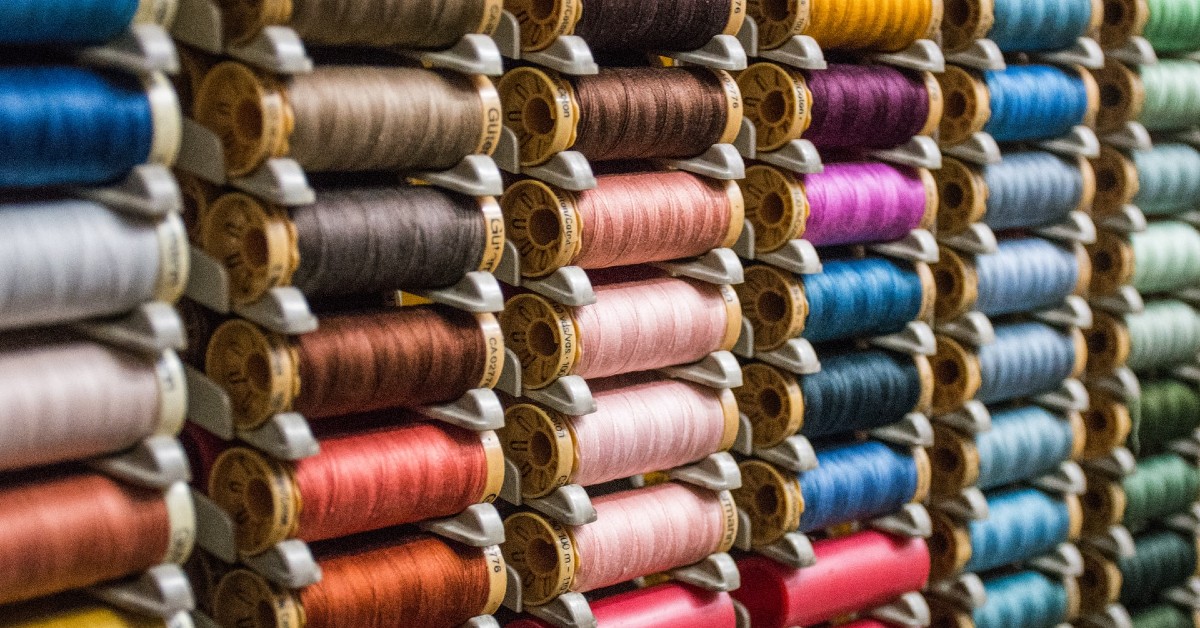Daniela[1] is 58 years old with a technical degree in haute couture who has spent the vast majority of her life sewing and designing clothes. Over a decade ago, Daniela tried to start her own sewing business with the help of a public university business incubator. Although she completed the required coursework, she ultimately decided not to start the bank loan process. “I decided not to risk it. I was afraid of not succeeding and ending up in debt.”
She also tried it with a state incubator, but reached the same resolution since the conditions under which the loan had to be given were very similar to her previous experience. “You had to pay for premises, pay an employee, prove all purchases with invoices, look for an accountant.” There was no room to buy a used sewing machine, for example, or second-hand supplies as she usually does. Although these would be difficult expenses to verify, they do encourage local trade and greater opportunities to acquire quality resources at a good price.
According to the INEGI in 2018, only 26% of microenterprises and 39.8% of SMEs would accept a bank loan. In both microenterprises and SMEs the most common reason for this rejection was that they consider credit to be expensive.

In 2020 she ended a working relationship of almost 5 years with a boutique where she designed and sewed garments, mostly dresses, which were sold at an average of $2,000 to $3,000 pesos each. She says that the most expensive one was priced at $6,000 and “sold out very quickly.”
Daniela received a bonus of 1.5% per sale of each garment and an extra payment if she made the product outside of working hours. She started earning $750 pesos per week. After much time and insistence, by the end of her time working there, the figure rose to $1,200 pesos. “The first three and a half years I gave all my time to the boutique, I didn’t care, I enjoyed it immensely.” Daniela not only sewed and designed clothes, she also, on her own initiative, cleaned the warehouse, mopped, swept the store and the surrounding street, and changed the mannequins in the window displays.
According to INEGI and the National Chamber of the Textile Industry, in 2018, there were around 432 thousand people working in the Mexican textile industry, with an average remuneration of $8,925 pesos. In November, Nexos magazine calculated that $14,725 pesos a fortnight per worker was necessary to have a decent life in the interior of the republic.
After two or three years, Daniela was offered health insurance but had to do all the paperwork to obtain it, which she found very difficult. Instead, she opted to receive the corresponding accumulated amount every few months. “In the end I decided to leave the job because I felt I was being abused, I didn’t feel valued, there was a lot of stress.”
To sum up the quintessential evil of artisans, artists, and other people who work creatively in Mexico: many of their employers believe they are doing them a favor by hiring them, and, what is worse, they obtain a huge profit margin (at the expense of the artisans) by having the means to monetize such goods and services, as Daniela says; “the artisan is not a good merchant.”
Despite all the obstacles, Daniela knows that, because of her age and market conditions, entrepreneurship is the only viable alternative for earning a living. Existing public policies have not been able to provide her with useful, practical, or economically secure tools for entrepreneurship. In the meantime, she has decided to resort to a lifetime of collecting fabrics, buttons, ribbons and visits to tianguis in search of supplies. “I do things slowly, but what I do, I do with pleasure.”
About the Author
Marisol Anguiano Magaña has a degree in International Relations from the University of Colima and a Master’s degree in Human Rights from the Autonomous University of San Luis Potosí.
Photo by Héctor J. Rivas on Unsplash
[1] Names were changed.

